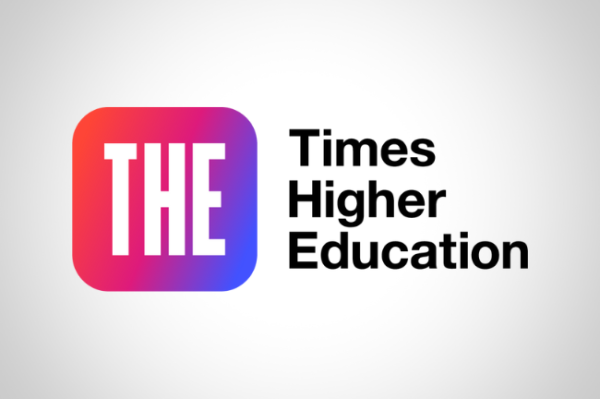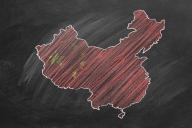You have /5 articles left.
Sign up for a free account or log in.
Canada’s plans for big reductions in international student numbers may be growing less ominous for some major institutions as the details take shape, including indications that the limits could be flexible and favorable to campuses with sufficient housing resources.
Yet that leeway could come at the cost of diversity, experts have warned, as the Trudeau administration’s visa limits will be applied to application numbers, giving institutions an incentive to invite overseas students who are most likely to accept.
The terms of the policy, said a spokesperson for Marc Miller, the federal minister of immigration, refugees and citizenship, mean that actual international enrollment in the next two academic years “will be affected by a number of factors,” including “whether the approval rate for study permit applications increases or decreases in 2024.”
That could have particularly significant effects on India, which, in 2022, accounted for more than 40 percent of Canada’s student visa approvals, yet recently has had more than 85 percent of its visa candidates denied approval.
Miller announced the policy in January, saying that Canada—long one of the world’s top destinations for college students from abroad—planned to reduce their numbers by 35 percent over the following two years, to around last year’s level of about 364,000 students.
He cited two major reasons: growing complaints about institutions recruiting fast-rising numbers of students to take advantage of the substantially higher tuition fees they pay, and the related problem of cities struggling to find affordable housing for their own residents.
Some major Canadian universities have complained that the solution is unfair to them, arguing that they are not chiefly responsible for abuses attributable most clearly to a relatively small number of institutions with private ownership models.
The nation’s top-ranked institution, the University of Toronto, suggested that such pleadings may be getting a positive reception from the Trudeau administration. After one of Toronto’s main governing boards initially expressed worry that the federal policy might not treat institutions in proportion to their culpability, the university now sounds more comfortable with its ability to manage the situation.
“We appreciate that the changes that have been announced are focused on addressing abuses in the system, and are not intended to adversely impact universities such as ours,” a Toronto spokesperson said.
The Trudeau administration also is making more clear that the 364,000 figure it initially announced for the policy was an estimate, and that the policy’s actual limiting measure is 605,000 processed applications. That was based on past data showing that about 60 percent of Canada’s overseas applicants translate into actual students, meaning that institutions this coming year will have an incentive to invite those students with higher likelihoods of enrolling.
The federal government intends to announce province-by-province limits on student visa applications, leaving the individual provincial governments to make allocations to institutions. Some of the likely factors that the provinces will consider in that process, said immigration lawyer Richard Kurland, include graduation rates, local housing supply and campus safety.









